Search
Search Results
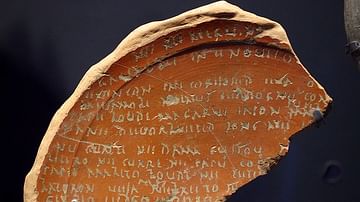
Article
A Linguistical Analysis of Ancient Celtic Languages
The Celtic languages form a branch of the Indo-European (IE) language family. They derive from Proto-Celtic and are divided into Continental Celtic languages (Lepontic, Gaulish, Galatian, Noric, Celtiberian, Gallaecian) and Insular Celtic...
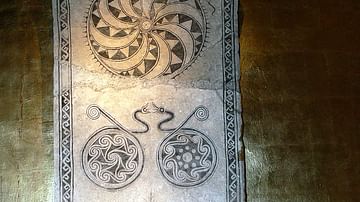
Article
The Sun & the Moon in Norse Myth
In Norse mythology, the Sun and the Moon appear as personified siblings pulling the heavenly bodies and chased by wolves, or as plain objects. Written sources, such as the Poetic Edda and the Prose Edda, have surprisingly little to say about...
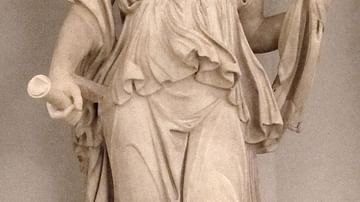
Definition
Selene
Selene (also known as Mene) is the personification and goddess of the moon in Greek mythology. Every night, she travels across the sky in her chariot, pulling the moon behind her. Selene is the daughter of the Titans Hyperion and Theia. She...
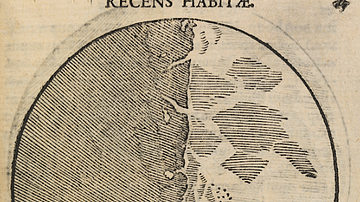
Image
Galileo's Map of the Moon
A map of the Moon's surface by Galileo (1564-1642), drawn using a telescope the astronomer had built himself. The uneven line of shadow aided Galileo in identifying the nature of the Moon's surface and the approximate size of its mountains...
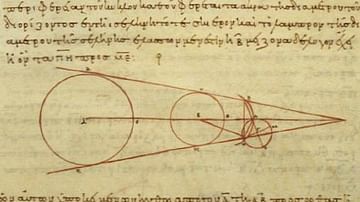
Definition
Aristarchus of Samos
Aristarchus of Samos (l. c. 310 - c. 230 BCE) was a Greek astronomer who first proposed a heliocentric model of the universe in which the sun, not the earth, was at the center. Although his theory was noted by other thinkers of his time...

Image
Chang'e Flees to the Moon
Colour woodblock print by Yoshitoshi from 19th century CE Japan, showing the Chinese woman Chang'e journeying to the moon, where she becomes the deity Xi Wang Mu, the "Queen Mother of the West".
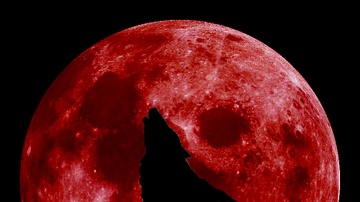
Image
Blood Moon with Wolf
Red moon with a wolf.
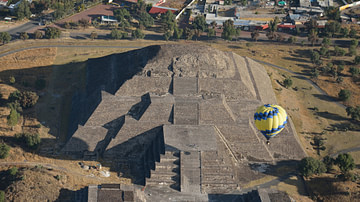
Image
Temple of the Moon, Teotihuacan
The Temple of the Moon at Teotihuacan, Mexico, c. 150 CE.
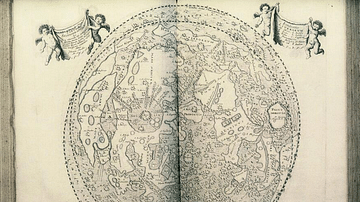
Image
Hevelius' Map of the Moon
A map of the Moon's surface drawn in 1647 by Johannes Hevelius (1611-1687), the Polish astronomer. (Bodleian Library, Oxford)
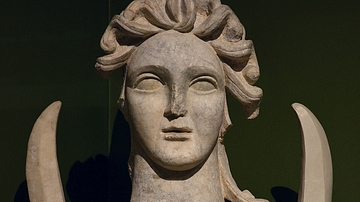
Image
Bust of Mên, the Moon God of Anatolia
Bust of Mên, the Moon God worshipped in the western interior parts of Anatolia. He wears the Phrygian cap and the crescent moon seem to emerge from his shoulders. Roman period (Museum of Anatolian Civilizations, Ankara).